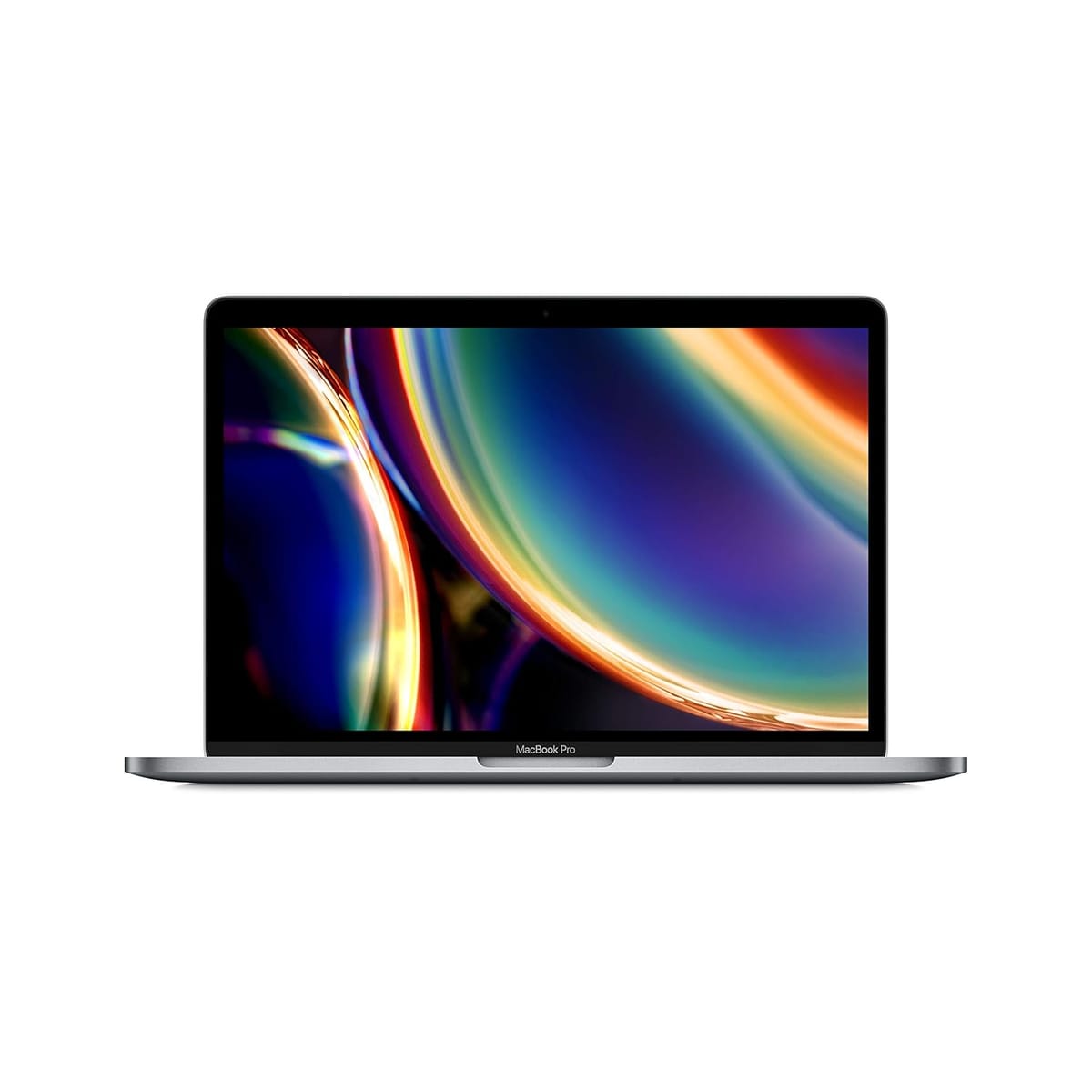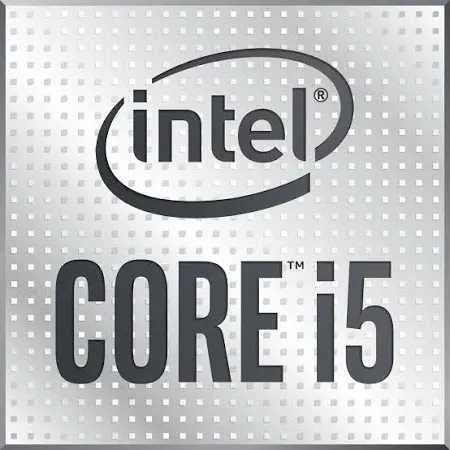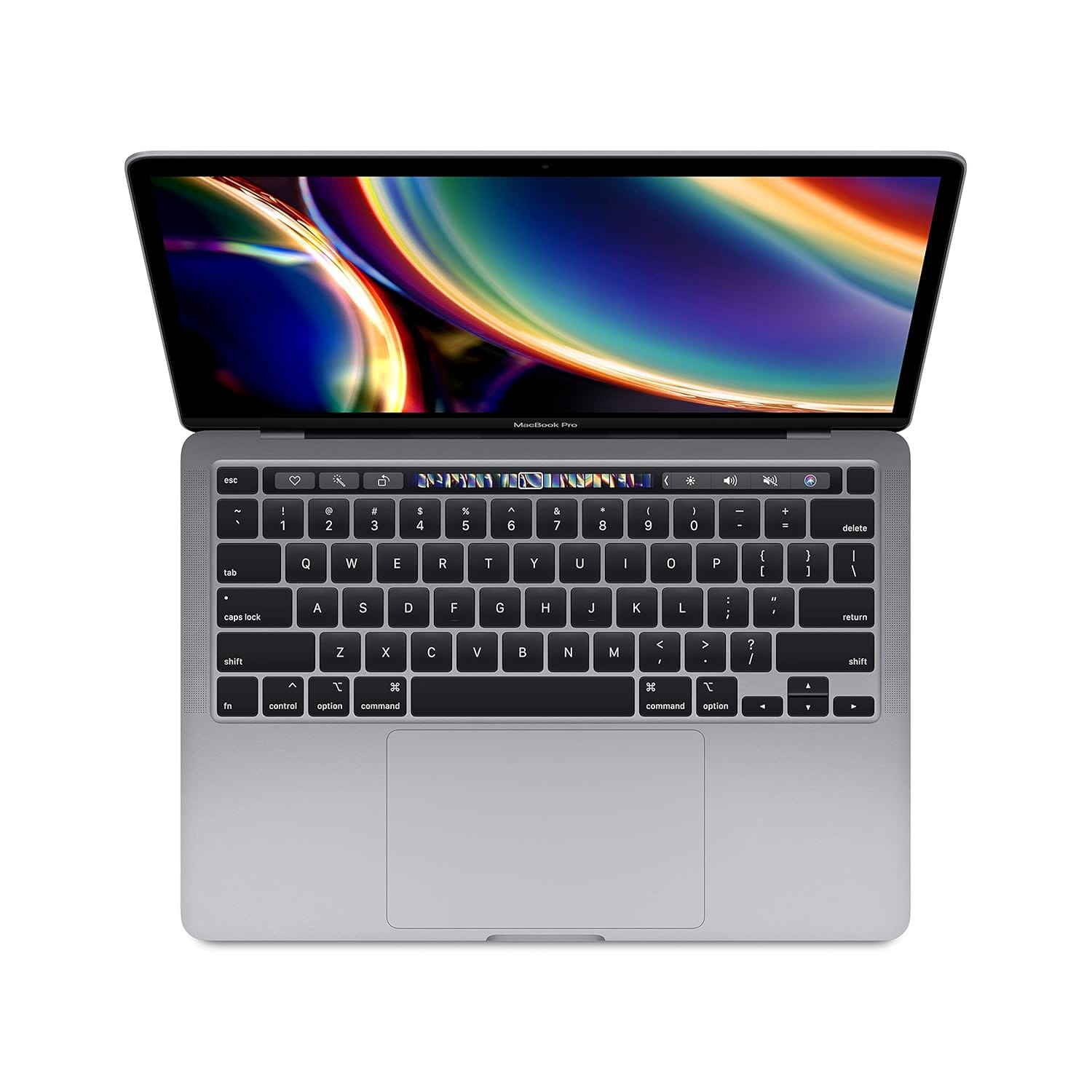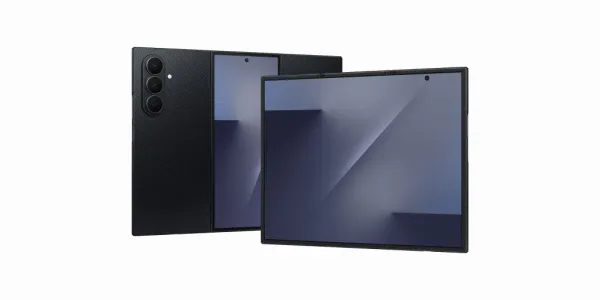Apple MacBook Pro 13″ (2020) Review: Refined Power and Practical Laptop
MacBook Pro 13" 2020, Core i5 10th Gen, 16GB RAM, 512GB SSD, Retina, Iris Plus Graphics. Ultimate speed and clarity.

Introduction
The MacBook Pro 13″ (2020, model A2251) represents Apple’s refined iteration of its Intel-based Pro line, aiming to offer both performance and practicality. With the 10th-generation Intel Core i5, increased memory, and a refreshed keyboard, this model addresses criticisms of earlier versions while retaining core MacBook strengths like Retina display and solid build quality.
For professionals, students, and creatives who need reliable performance, strong display quality, and multiple ports—without immediately switching to Apple Silicon—the 2020 model strikes a compelling balance. In this review, we explore its design, display, performance, usability, and how it stands up against newer MacBooks including the MacBook Pro M4 and MacBook Air M4.
Specifications Overview
| Feature | MacBook Pro 13″ (2020, A2251) |
|---|---|
| Processor | Intel Core i5 (10th-Generation, quad-core) |
| RAM | 16 GB LPDDR4X |
| Storage | 512 GB SSD |
| Graphics | Intel Iris Plus Graphics (Shared) |
| Display | 13.3″ Retina, 2560×1600, 60 Hz |
| Touchscreen | No |
| Dimensions | 30.4 × 21.2 × 1.6 cm |
| Weight | ~1.40 kg |
| Ports | 4× Thunderbolt 3 (USB-C), Audio Jack |
| Keyboard | Magic Keyboard (scissor switch) |
| Operating System | macOS |
Design and Build Quality
The 2020 MacBook Pro retains Apple’s pure aluminum unibody design that feels premium in both finish and structure. The Magic Keyboard is a major improvement over the previous butterfly design, offering more reliable and comfortable typing, especially for those who type for long hours.
Its size and weight make it fairly portable. At ~1.40 kg, it’s not featherlight, but the balance between portability and performance is favorable. The finish is sleek, hinges feel solid, and the chassis resists flex during typical use.
Display Quality
The Retina display continues to be a strong asset. The 13.3″ panel with 2560×1600 resolution delivers sharp text, clear visuals, and excellent color reproduction. It supports P3 color gamut, which is valuable for creatives or anyone who cares about the fidelity of photos and video.
Brightness is sufficient for indoor work and moderate outdoor exposure. Reflections can be challenging in very bright sunlight, but in typical settings the panel remains usable and pleasant. Speakers are also good—clear and suitably loud for video, calls, and media.
Performance
With the 10th-Gen Intel i5 processor and 16 GB RAM, this Pro model performs well in multitasking, light video editing, code compiling, and creative work. The SSD is fast, applications launch quickly, and the system handles switching among apps smoothly.

Iris Plus graphics are adequate for media tasks and modest graphic work, though heavy gaming or 4K/8K video rendering is beyond its ideal use. For many users, it will do more than enough. Under heavier loads, thermals cause fan noise and warmth, but performance stays acceptable.
Keyboard and Trackpad
One of the most welcomed improvements is the Magic Keyboard with scissor switches. Key travel, feel, and reliability are significantly better than older models using the butterfly mechanism. Typing is quieter, more comfortable, and more dependable.

Trackpad remains excellent—large, very responsive, smooth with gestures, and accurate. macOS makes good use of the trackpad for navigation, productivity, and creative gestures.
Connectivity and Ports
The 2020 Pro offers 4× Thunderbolt 3 (USB-C) ports plus the audio jack. This extensive USB-C/Thunderbolt configuration gives users flexibility: external displays, docking, fast data transfer, and more.
However, lack of USB-A, HDMI, SD card slot means many users will need adapters or dongles. For those accustomed to legacy ports, this can be a drawback. But for those who primarily use USB-C or Thunderbolt accessories, the port setup is strong.
Battery Life and Thermals
Battery life in light to moderate usage tends to be around 8-10 hours—web browsing, document editing, video streaming. Under heavier creative workloads or multitasking, that falls off.
The aluminum body manages heat reasonably well. For lighter work, the laptop stays cool. Under heavier loads, fans become audible, and areas around keyboard may warm. But overall, it is acceptable and consistent with what one would expect of an Intel-powered thin Pro laptop.
Comparison with Other Apple Models
To understand the value proposition of the 2020 Pro, it helps to compare with both older and newer models:
- Compared to MacBook Pro 2018: The 2020 model improves on RAM, keyboard reliability, port count in many configurations, and performance. The display is similar, but the user experience is more refined in 2020.
- Compared to MacBook Air 2017: The 2020 Pro has far superior performance, display resolution, and more modern internals. The Air remains lighter and less expensive, suitable for basic workflows, but the Pro offers more capability for demanding usage.
- Compared to MacBook Pro M4: The M4 chips deliver much better performance per watt, longer battery life, more efficient cooling, and newer display and port technologies. The 2020 Pro lags behind here but still offers Intel-compatibility and may be more affordable refurbished.
- Compared to MacBook Air M4: The Air M4 models are very efficient and lighter, though Pro M4 models have advantages with more performance and sometimes better displays or cooling. The 2020 Pro can hold on to certain workloads better, but for many commands, the M4 Air may offer a better user experience in daily tasks.
Comparison Table: MacBook Pro 2020 vs MacBook Pro 2018 vs MacBook Pro M4 vs MacBook Air M4
| Feature | MacBook Pro 2020 | MacBook Pro 2018 | MacBook Pro M4 | MacBook Air M4 |
|---|---|---|---|---|
| Processor | Intel Core i5, 10-Gen | Intel Core i5, 8-Gen | Apple M4 – 10-core CPU (4 P-cores, 6 E-cores) | Same CPU core config as base M4 Pro/Air |
| RAM | 16 GB LPDDR4X | 8 GB LPDDR4X | 16-24 GB unified memory depending on model | 16 GB default, configurable higher |
| Storage | 512 GB SSD | 512 GB SSD | 512 GB SSD base (with higher options) | Similar base storage, configurable |
| Display | 13.3″ Retina 2560×1600 | 13.3″ Retina 2560×1600 | Higher quality Retina / Liquid Retina / XDR displays, higher brightness/gamut in M4 models | Similar for Air M4, but lighter chassis and possibly less peak brightness |
| Ports | 4× Thunderbolt 3, Audio Jack | 2× Thunderbolt 3, Audio Jack | More modern port variety: Thunderbolt/USB-C, HDMI, SD slots in many M4 Pro/Max/Pro configurations | Likely fewer ports compared to Pro M4, but modern USB-C / MagSafe present |
| Battery & Efficiency | Good for its time; moderate under load | Similar or slightly less in heavy load | Much better efficiency, more hours on battery, less heat under load | Very good; Air M4 is known for excellent power efficiency and battery life |
| Thermals & Noise | Noticeable fan noise under heavy tasks | Similar constraints, maybe slightly more heat/noise | M4 models manage heat much better with fewer fans/noise under load | Air M4 tends to run cool for light-to-medium tasks |
| Best for | Users needing Intel compatibility and multiple ports | Those wanting a step-up from earlier models economically | Users wanting modern performance, fully modern display tech, best battery | Users wanting lightweight, efficient usage, good daily performance |
Why Buying Refurbished Makes Sense
Getting the MacBook Pro 2020 refurbished gives many advantages:
- You can access newer Intel performance, 16 GB RAM, Retina display, and four Thunderbolt ports at lower cost versus new M4 machines.
- For workflows that still depend on Intel architecture (some software compatibility), this model gives you what is needed.
- Refurbished units often undergo battery health checks, quality control around keyboard issues, and warranty support, reducing risk.
- Environmental impact is lower; extending the life of a well-built device is better than discarding it.
Conclusion
The MacBook Pro 13″ (2020) remains relevant in 2025 for many users. It delivers strong performance, a much improved keyboard experience, modern display quality, and solid build. While it cannot match the raw efficiency, battery life, and advanced display features of MacBook Pro or Air models with the M4 chip, it provides a meaningful, more affordable alternative for those who need Intel support or want to save.
If you opt for a refurbished model in good condition, especially one with higher battery health and well-maintained internals, you get strong value. For users looking for future-ready machines, an M4 model may be better. But for cost-conscious professionals or students, 2020 remains a top contender.
FAQs
Q: Is the MacBook Pro 13″ (2020) still a good choice compared to the M4 models?
A: Yes, particularly if you need Intel ecosystem compatibility or want to save money. M4 models are faster, more efficient, and have better display/port upgrades, but the 2020 model still covers many workflows well.
Q: How does battery life of the 2020 model stack up against MacBook Pro M4 and MacBook Air M4?
A: It lags behind. M4 models deliver significantly better battery life for light and mixed usage. The 2020 Pro still gives a full workday in moderate usage but struggles under heavier loads compared to Air or Pro M4.
Q: Is the 2020 Pro’s performance still adequate for modern creative and office work?
A: For many tasks like coding, office suites, light editing, and media consumption it is adequate. Heavy rendering, 4K/8K video editing, or workloads optimized for Apple Silicon will show the gap.
Q: Will the 2020 Pro receive software support for long?
A: It is likely to continue receiving macOS updates for several years, though eventually Apple Silicon models will get priority. For now, it remains in Apple’s support pipeline.
Q: What are the downsides of choosing the 2020 Pro over Air M4 or Pro M4?
A: Downsides include lower efficiency, more heat and fan noise under load, older architecture, possibly less display brightness or advanced display tech, and fewer modern conveniences like upgraded ports or updated media engines.
Q: For what type of user is the 2020 MacBook Pro still ideal?
A: Professionals who require Intel compatibility, multiple Thunderbolt ports, good performance for pro apps that may not yet support Apple Silicon, or those who want premium build at a lower cost via refurbished markets.



